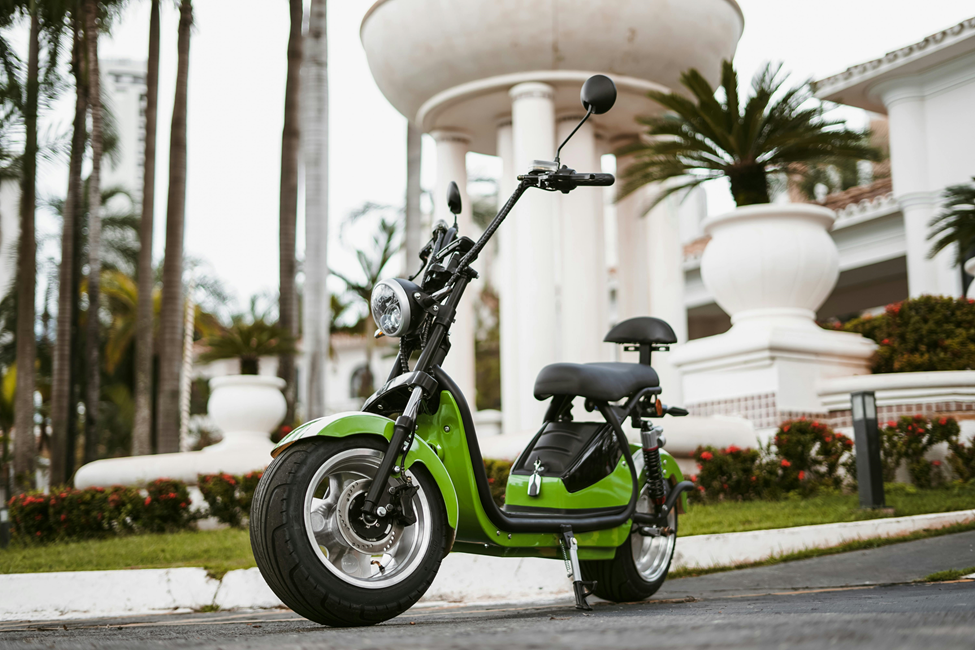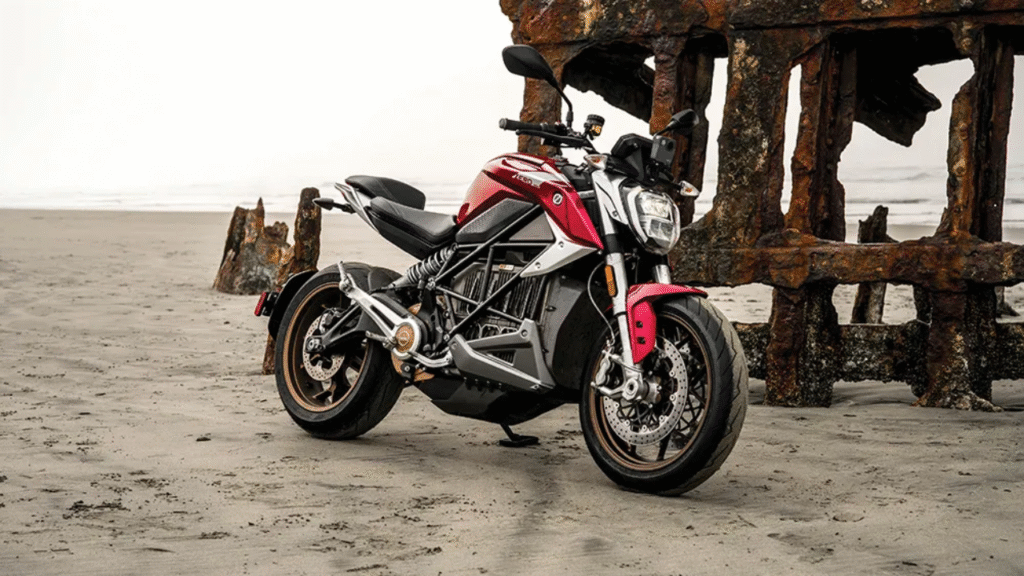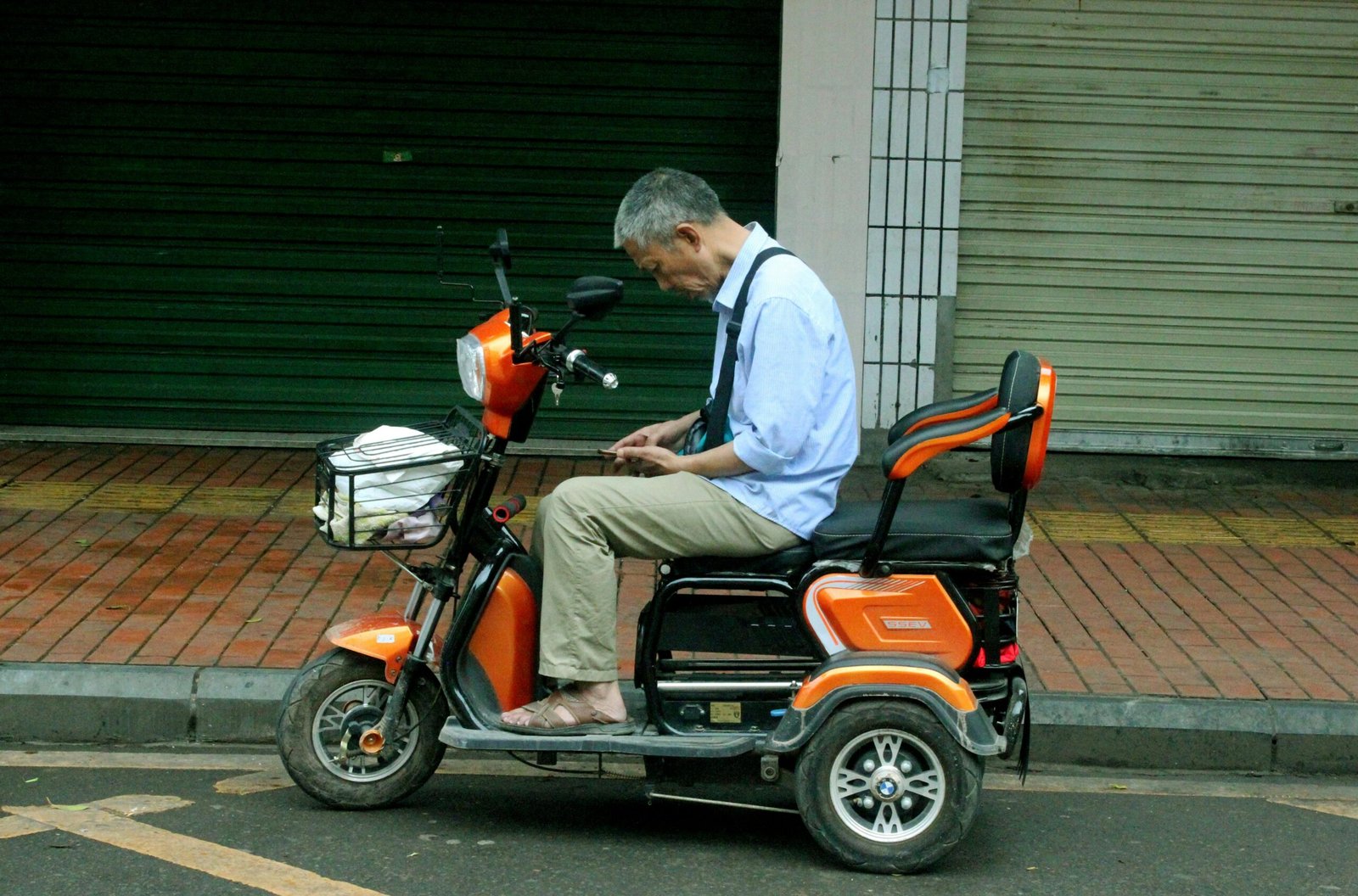The roar of a traditional internal combustion engine motorcycle has long been synonymous with freedom and exhilaration. However, a new sound is rapidly gaining ground: the silent, yet powerful, hum of electric motorcycles. As of mid-2025, the future of electric motorcycles is not just promising; its here, driven by relentless innovations in propulsion technology, enhanced battery capabilities, and a burgeoning global market.
Electric Motorcycles: The Dawn of a New Era
Electric motorcycles represent a fundamental shift in personal mobility, offering a cleaner, quieter, and often more thrilling riding experience. Unlike their gasoline-powered counterparts, electric motorcycles produce zero tailpipe emissions, contributing directly to improved urban air quality and a reduced carbon footprint. This environmental benefit, coupled with lower running costs due to cheaper electricity and reduced maintenance, makes them an increasingly attractive option for riders worldwide.

Beyond environmental advantages, the performance characteristics of electric motorcycles are compelling. Their electric motors deliver instant torque, leading to blistering acceleration that often outpaces many traditional sport bikes. The simplicity of their drivetrain, typically a single gear with no clutch, provides a smooth and accessible riding experience, appealing to both seasoned riders and newcomers. The early models of electric motorcycles faced skepticism regarding range and charging times, but recent advancements have largely addressed these concerns, paving the way for wider adoption.
Electric Motorcycles Future: A Landscape of Innovation
The electric motorcycles future is being shaped by continuous breakthroughs across several key areas of propulsion technology:
1. Advanced Battery Technology
This is arguably the most critical area of innovation. Manufacturers are moving beyond conventional lithium-ion batteries towards higher energy density chemistries and even solid-state batteries. These advancements promise longer ranges (exceeding 150 km on a single charge for many upcoming 2025 models) and significantly faster charging times, with some models aiming for 80% charge in under 30 minutes. Structural batteries, integrated directly into the motorcycle's frame, are also being explored to reduce weight and increase range, making electric motorcycle even more efficient.
2. Motor Efficiency and Power Density
While electric motors already boast high efficiency, research continues to refine their power-to-weight ratio. Lighter, more compact motors that deliver impressive torque and horsepower are enabling more nimble and high-performance electric motorcycle. Innovations in cooling systems also allow these motors to sustain high performance without overheating.

3. Integrated Power Management Systems
The “brain” of electric motorcycle is becoming increasingly sophisticated. Advanced Battery Management Systems (BMS) optimize battery health, extend lifespan, and ensure safe operation. Regenerative braking systems are becoming more efficient, feeding energy back into the battery during deceleration, and further extending range.
4. Modular and Swappable Batteries
To address range anxiety and charging convenience, some manufacturers are exploring modular battery systems or even battery swapping networks, particularly for urban commuting electric motorcycles. This allows riders to quickly exchange depleted batteries for fully charged ones, minimizing downtime.
These innovations are collectively pushing the boundaries of what electric motorcycle can achieve, making them more practical and desirable for everyday use and even performance riding.
Electric Motorcycles Sale: Growing Options for Consumers
The market for electric motorcycles sale is expanding rapidly, with a growing number of manufacturers offering a diverse range of models for various riding styles and budgets. From urban commuters to high-performance sport bikes and even off-road machines, there's an electric motorcycle for almost every rider.
In 2025, consumers looking for electric motorcycle for sale will find models from established motorcycle brands as well as innovative startups. Examples include the 2025 Can-Am Pulse (a nimble urban explorer) and Can-Am Origin (a dual-sport model), both offering competitive ranges and fast charging. Traditional giants like Harley-Davidson continue to push their LiveWire brand, while European brands like Energica are known for their high-performance offerings. Even in regions like Pakistan, the electric motorcycle sales market is seeing local players like Evee and Jolta Electric introducing new models for 2025, signifying global adoption. Governments worldwide are also supporting the electric motorcycle sales market through incentives, subsidies, and favorable regulations to encourage adoption.
Electric Motorcycles News: Key Trends and Developments
Staying abreast of electric motorcycle news reveals several exciting trends:

1. Increased Connectivity and Smart Features
Newer electric motorcycles are incorporating advanced connectivity. Mobile apps allow remote monitoring of battery status, charging, and diagnostics. Integrated GPS navigation, anti-theft mechanisms with real-time tracking, and over-the-air (OTA) updates are becoming standard, enhancing the user experience for electric motorcycle. AI systems are also being integrated for real-time adjustments based on riding style and terrain.
2. Enhanced Safety Features
Beyond traditional ABS, electric motorcycle are adopting advanced rider-assistance systems (ARAS) such as adaptive cruise control, lane departure warnings, and blind-spot monitoring, mirroring features found in modern cars. Some models, like the Zero DSR/X, are integrating sophisticated stability control systems.
3. Sustainability and Lifecycle Management
The electric motorcycles news often highlights manufacturers' increasing focus on sustainable manufacturing processes and the entire lifecycle of their products, including battery recycling initiatives, to further reduce the environmental impact of electric motorcycles.
Zero Motorcycles: A Pioneer in Electric Performance
Zero Motorcycles has long been a trailblazer in the electric motorcycle space, consistently pushing the boundaries of performance and technology. Known for their high-quality components and robust electric powertrains, Zero has built a reputation for producing some of the most capable electric motorcycle on the market.

For 2025, Zero Motorcycles continues to innovate. Models like the 2025 Zero FXE offer a balance of urban agility and impressive range (around 100 miles city). Their flagship models, such as the Zero SR/F and SR/S, boast substantial battery capacities (e.g., 17.3 kWh for the SR/F) and powerful Z-Force motors delivering instant torque and high top speeds. Zero Motorcycles also emphasizes their Cypher III+ operating system, which offers customizable riding modes and over-the-air updates, future-proofing their electric motorcycles with ongoing performance enhancements. Their commitment to advanced battery temperature management, robust suspension, and integrated safety systems cements Zero Motorcycles' position at the forefront of the industry.
Europe Electric Motorcycles: A Driving Force in Adoption
European electric motorcycles represent a significant and rapidly growing market. Driven by stringent emission regulations, rising fuel costs, and strong government incentives, Europe has become a hotbed for electric motorcycles adoption. Countries like Germany, France, and the Netherlands offer substantial subsidies, making electric motorcycle more accessible to a broader consumer base.
The Europe electric motorcycles market is characterized by a strong demand for both urban commuter models and higher-performance sport bikes. Companies like Energica from Italy, known for their powerful electric motorcycle derived from racing technology, are popular across Europe. The expansion of charging infrastructure, including fast-charging networks, is a key enabler for the continued growth of Europe's electric motorcycle. Projections for 2025 indicate significant market growth, with an increasing share of electric two-wheelers in overall sales, solidifying Europe's role as a driving force in the global shift towards electric motorcycle.
In conclusion, the future of electric motorcycle is bright and dynamic. Innovations in propulsion, particularly in battery and motor technology, coupled with advancements in smart features and safety, are making electric motorcycles a truly compelling alternative to traditional bikes. As the market continues to mature and infrastructure expands, electric motorcycles are poised to dominate personal urban and recreational mobility, ushering in a new era of clean, efficient, and exhilarating two-wheeled transport.








